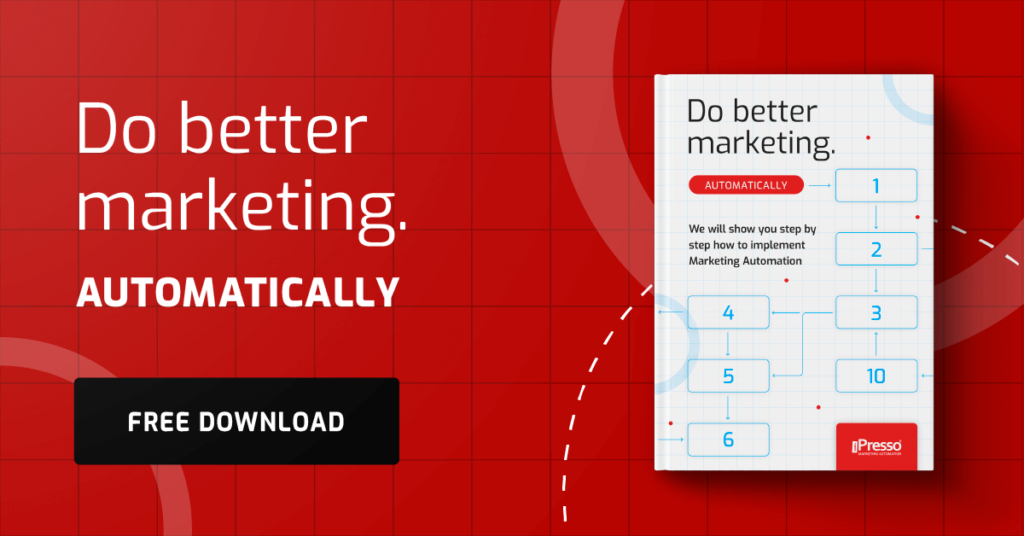Are Your Prices Selling? Discover E-commerce Price Psychology and Boost Conversion

Did you know that most customers buy not because your price is low, but because they feel they have gotten a good deal? Price psychology is not magic; it’s the science of how the brain processes value. Forget about simple margin addition. Today, we’ll show you how strategically presenting prices can dramatically increase your sales using three advanced, yet easy-to-implement, strategies.
Price is More Than Just a Number
Many e-commerce store owners make the fundamental mistake of treating price as a purely calculative figure. Meanwhile, price is a powerful marketing tool that actively influences purchasing decisions.
Customers rarely make decisions based purely on logic. Their choices are predominantly influenced by context, comparisons, and emotions. This means that the perceived value of a product does not necessarily equal its objective cost. Understanding these mechanisms why PLN 199 suddenly seems like a bargain when a customer has just seen PLN 299 allows you to present prices in a way that encourages potential buyers to finalize their transaction. It’s time to discover advanced strategies that will make your prices work for your success.
Strategy #1: The Anchoring Effect – The Power of First Impression
How it works?
The Anchoring Effect is the foundation of price psychology. It states that the first piece of information a customer receives (the “anchor”) becomes the point of reference for all subsequent evaluations and comparisons. It’s like in negotiations: the first amount mentioned sets the tone for the entire conversation. Our brain tends to “stick” to this initial value.
Examples:
- Strikethrough Prices: This is the most classic and effective application of anchoring. By showing a price with a strikethrough (e.g., PLN 299 PLN 199), PLN 299 becomes a strong “anchor” of the product’s original value. Even if the item was intended to cost PLN 199 from the start, we mentally feel that we have saved PLN 100.
- Premium Product as an “Anchor”: Place a very expensive premium product at the top of the list or in the offer (e.g., the most expensive laptop with the highest specifications). In its light, the other expensive, yet more reasonably priced options, immediately seem cheaper and more accessible.
Strategy #2: The Decoy Effect – The Art of the Smart Choice
How it works?
The Decoy Effect involves adding a third option to the offer that is deliberately designed to make one of the other options look significantly better. The “decoy” itself is designed so that no one buys it, but it exists purely as a point of comparison.
Think of buying popcorn at the cinema. When you have two options: small popcorn for PLN 10 and large for PLN 20, the choice is not obvious. But when you add a “decoy” medium popcorn for PLN 18 the large popcorn for PLN 20 suddenly becomes the obvious, best choice. The medium one for PLN 18 exists only to increase the attractiveness of the more expensive option.
Example:
The Decoy Effect is heavily used in the sale of subscription services. Imagine an offer:
- Basic Package for PLN 29 per month (access to 50% of content).
- Pro+ Package (Decoy) for PLN 55 per month (access to 80% of content).
- Pro Package for PLN 59 per month (access to 100% of content).
In this setup, the Pro+ (Decoy) option is only slightly cheaper than the full Pro package but offers significantly less. As a result, most customers will choose the Pro option because it looks like the best value for the price.
Strategy #3: Dynamic Pricing – The Tailor-Made Price
How it works?
Dynamic pricing is a strategy where the price of a product changes in real-time depending on various factors. This technique brings traditional strategies into the world of Big Data, allowing prices to be adjusted according to demand, supply, and even the behavior of a specific customer.
The most famous example is airlines, where ticket prices increase the closer it is to the departure date or depending on the current number of interested buyers.
Example:
E-commerce stores use advanced algorithms for automatic price optimization:
- Demand and Competition: Prices can be automatically raised for products in high demand, but also subtly lowered to compete with the current price offered by competitors.
- Time of Day/Week: Prices might be slightly higher during peak hours (e.g., evenings or Sundays) because more people shop then and are more willing to purchase.
- User History: The system may raise the price for a user who frequently viewed a product and abandoned their cart. The algorithm assumes that since they are strongly interested, they will accept a slight increase.
Summary
Price psychology is a powerful tool that allows you to actively influence the perceived value of your product. Anchoring, decoys, and dynamic pricing are incredibly effective in increasing conversion rates and average order value.
Remember the ethical aspect, however. The goal of these strategies is not to manipulate the customer but to help them make a decision by clearly presenting the benefits and the value-to-price relationship. Well-applied price psychology leads to a win-win situation: the customer feels they got a good deal and is satisfied with the purchase, and your store increases sales and profits. Value is in the eye of the beholder, and your job is to show them they are seeing a bargain.



